There is more to designing a bedroom that genuinely promotes comfort than just choosing out comfortable fabrics or purchasing pricey furnishings. The approach must involve subtle, overlooked choices that emphasize how the space feels on a sensory and emotional level.
Many bedroom design tips repeat the same conventional ideas—neutral colors, soft lighting, and heavy curtains. While these offer some improvement, true comfort calls for deeper insight. This guide explores uncommon yet impactful ways to adjust the interior setup of your bedroom to foster tranquility, rest, and a sense of ease.
1. Ceiling Treatments That Calm the Mind
Textured Paints
Ceiling paint in matte, chalky, or limestone textures softens the visual plane. When lying down, the gaze finds comfort in the muted and cloud-like finish.
Wood Beams or Slats
Timber structures overhead can quiet the senses. Natural materials offer warmth without visual heaviness.
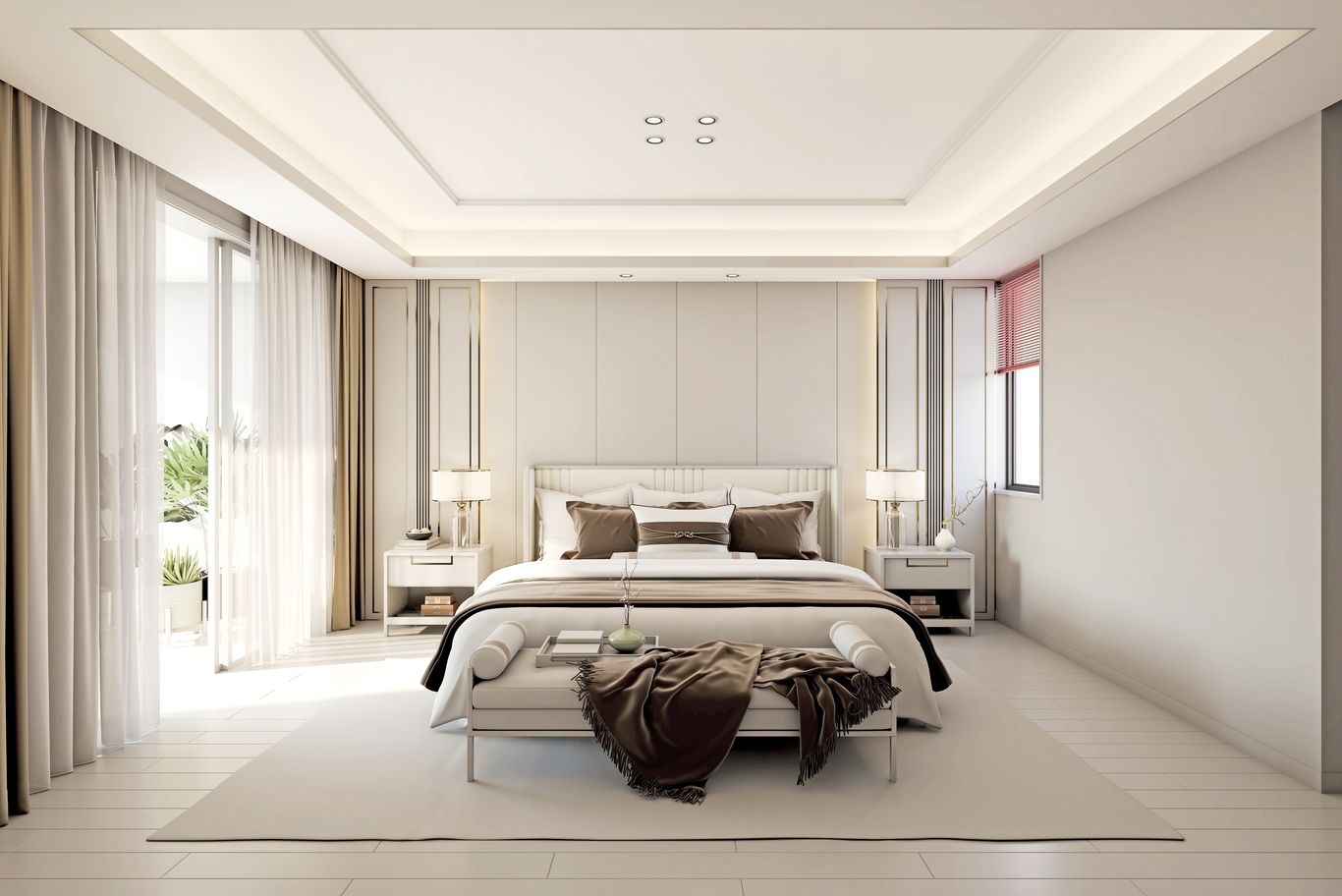
Related inspiration: Bedroom Design Inspirations by Algedra
2. Layered Flooring Instead of Bare Tiles
Area Rugs on Hardwood
Hard surfaces cool the feet and echo sound. Introducing layered rugs adds depth and warmth underfoot.
Fabric Underlays
Padded underlays beneath rugs reduce pressure points while standing. These additions quietly elevate floor comfort.
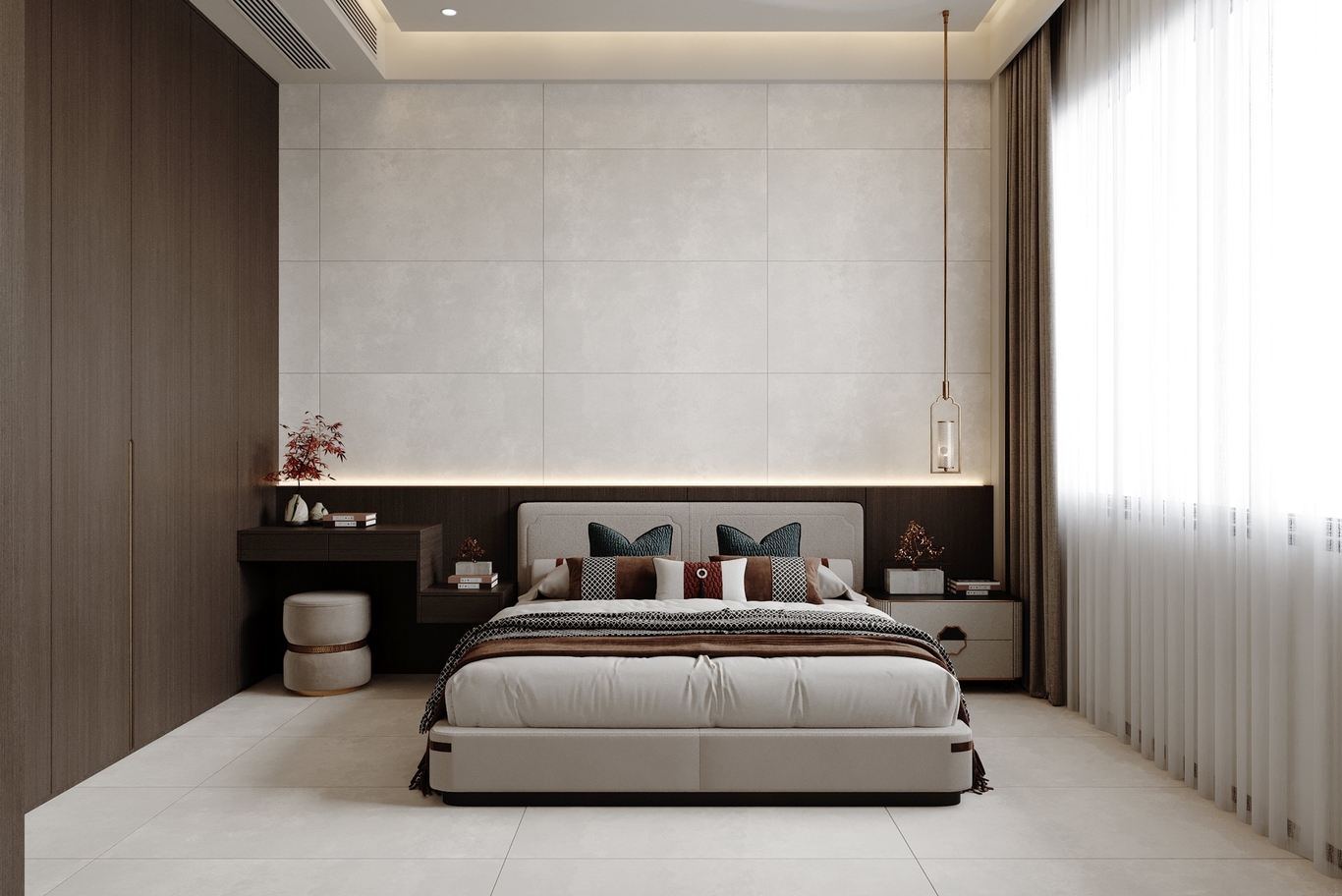
3. Dimming Systems That Adapt to Time of Day
Zoned Lighting
Separate circuits allow light intensity to reflect the natural rhythm of day and night, especially beneficial for reading or winding down.
Ambient Wall Glows
Indirect light sources such as cove LEDs on walls or behind the bed can ease visual strain during night hours.
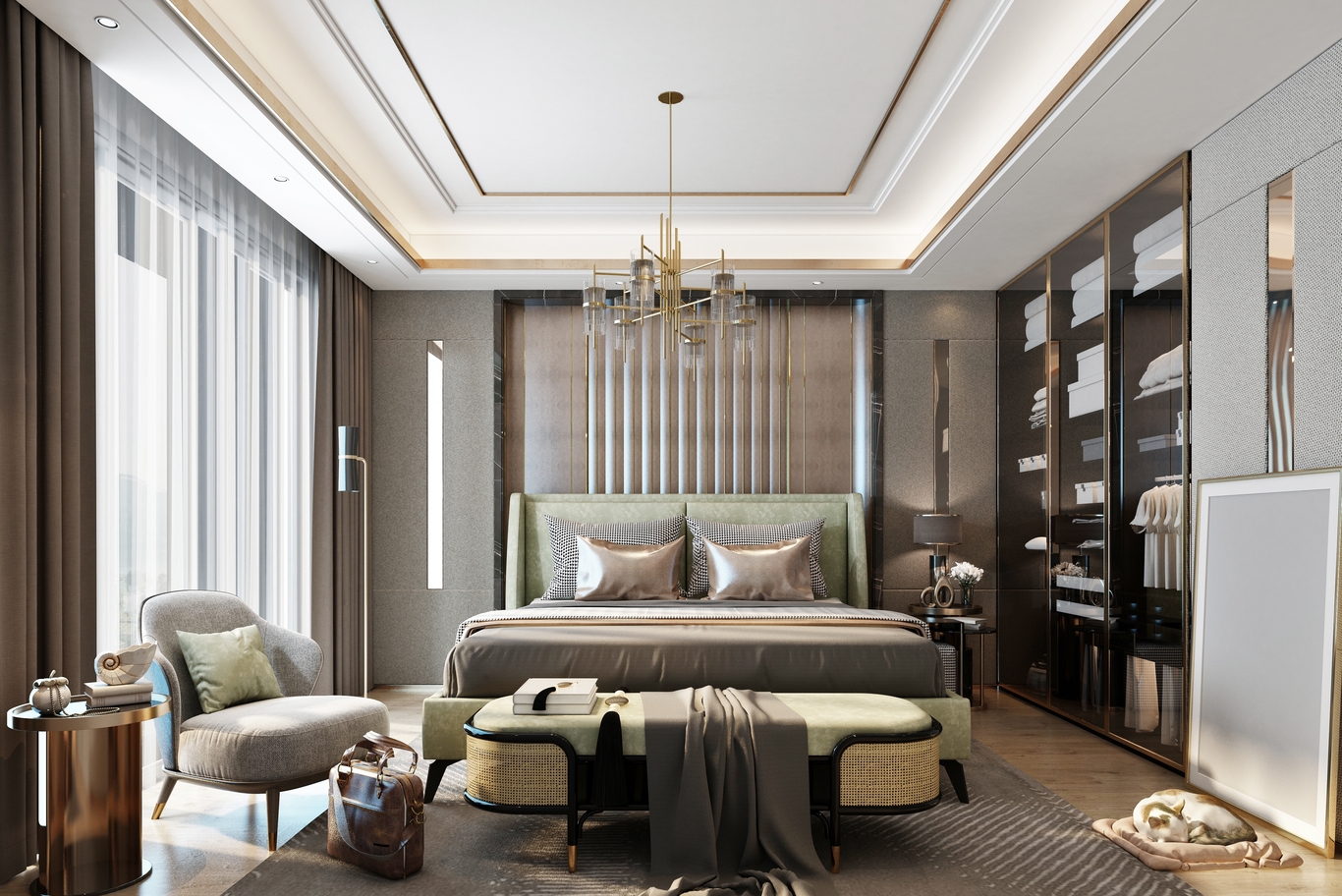
4. Bed Placement Based on Orientation
Directional Influence
Putting the bed toward east or away from busy doorways can help reduce subconscious stress.
Wall Positioning
Beds against solid walls create a sense of security, which supports uninterrupted sleep.
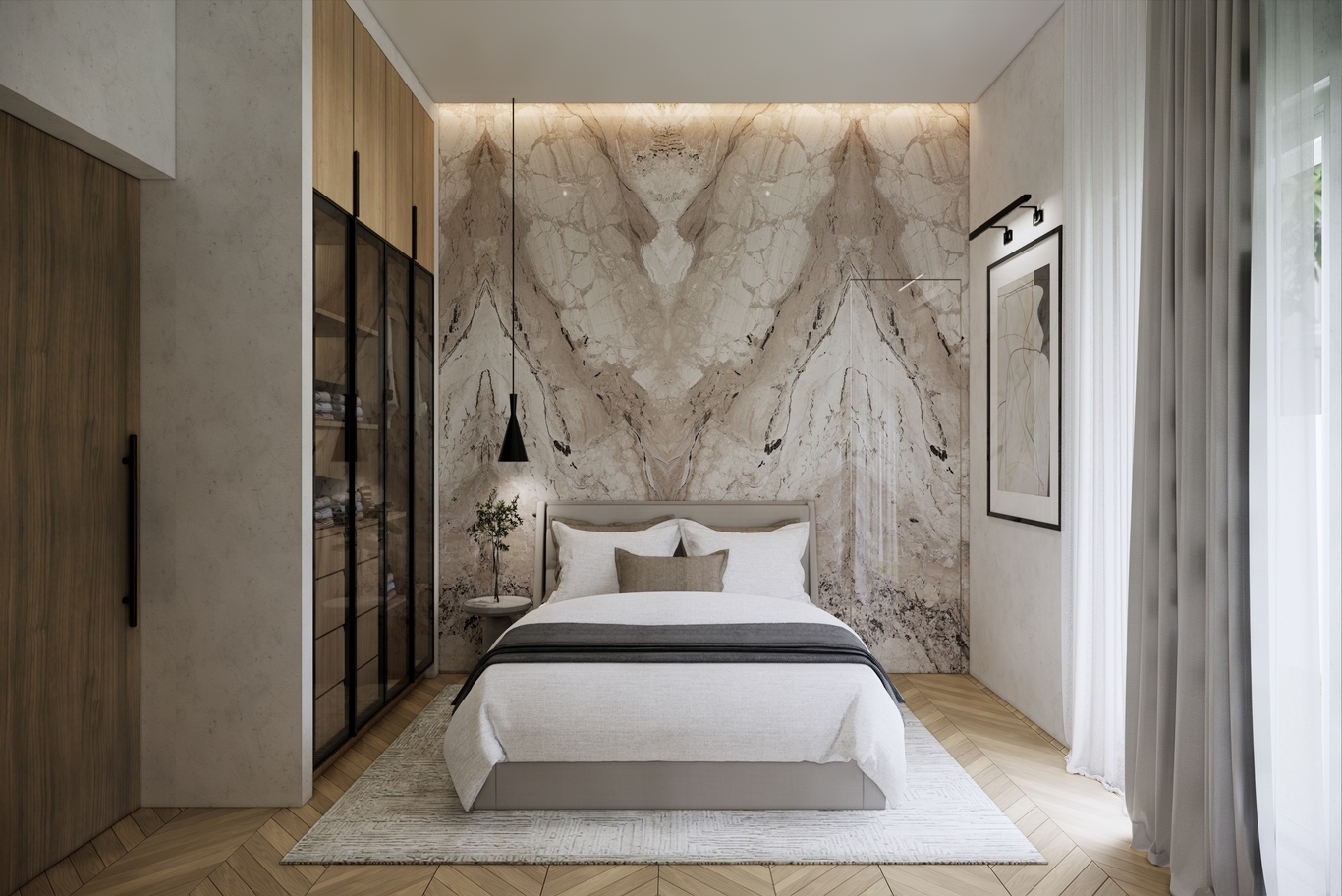
5. Acoustic Panels That Absorb Echoes
Fabric-Wrapped Boards
Soft panels behind the headboard or on walls next to it cut down on echoes and make the room feel like a cocoon.
Noise Buffer Zones
Installing acoustic elements near shared walls lessens outside disturbances.
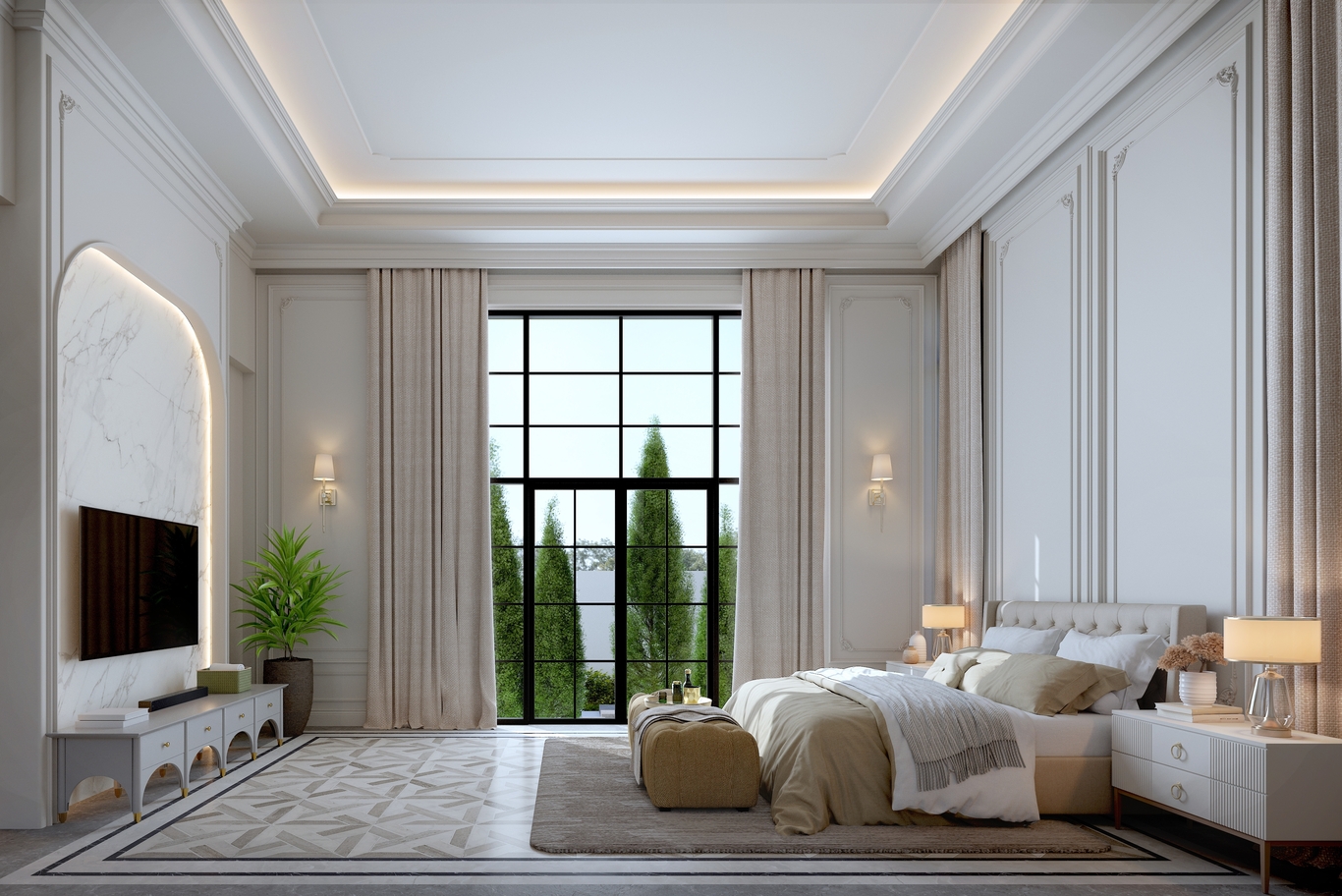
6. Window Drapes That Insulate and Mute
Weighted Linen Drapes
Thick but breathable linen in muted tones balances airflow and light without feeling oppressive.
Multi-Layer Coverage
Combining sheers and blackout panels gives control over lighting and privacy, creating calm at different hours.
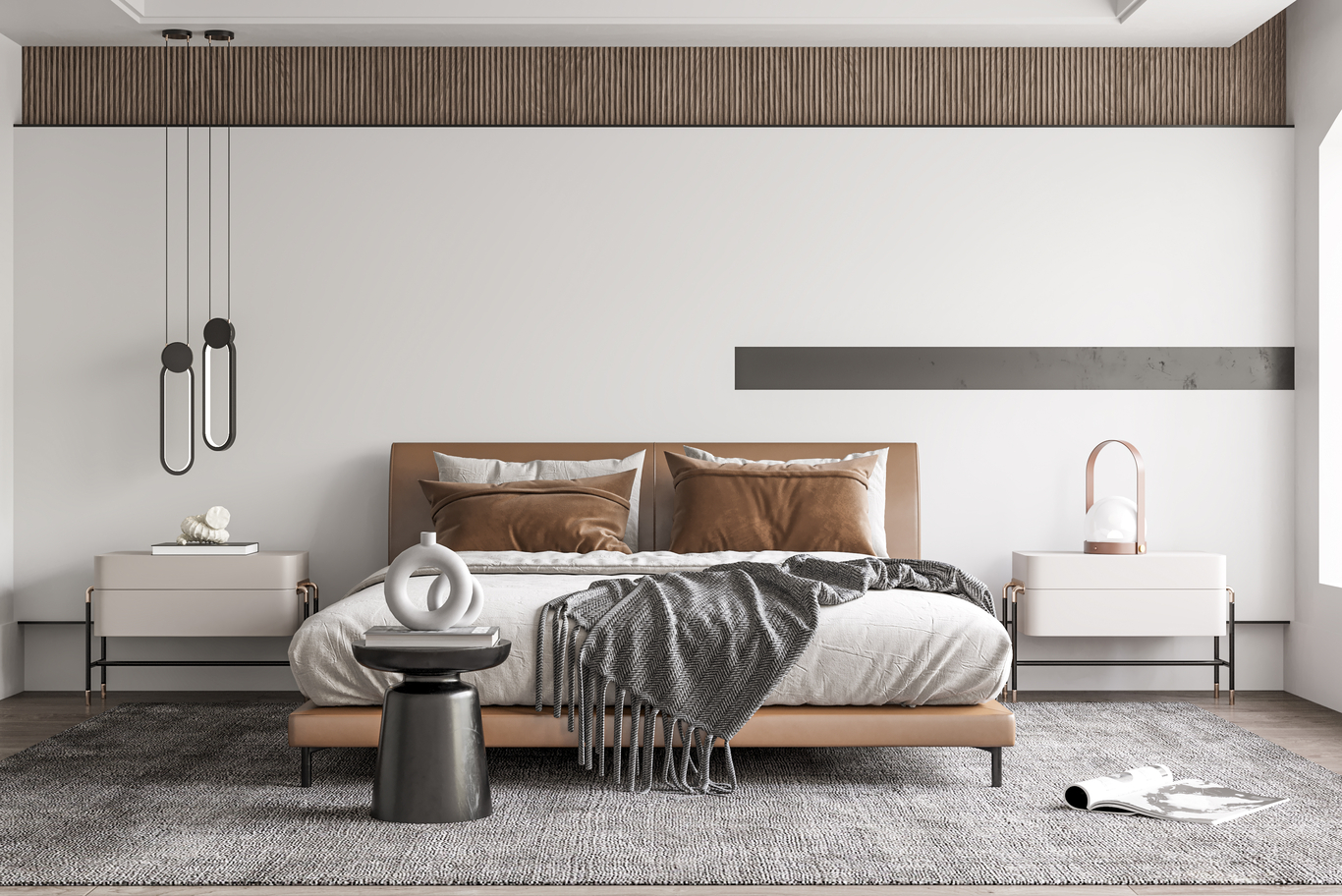
7. Wall Colors That Support Circadian Flow
Earth-Toned Palettes
Tones resembling clay, sand, or soft stone introduce a grounding visual presence.
Low Saturation Finishes
Neutral shades with soft diffusion reduce mental fatigue compared to glossy or saturated paint.
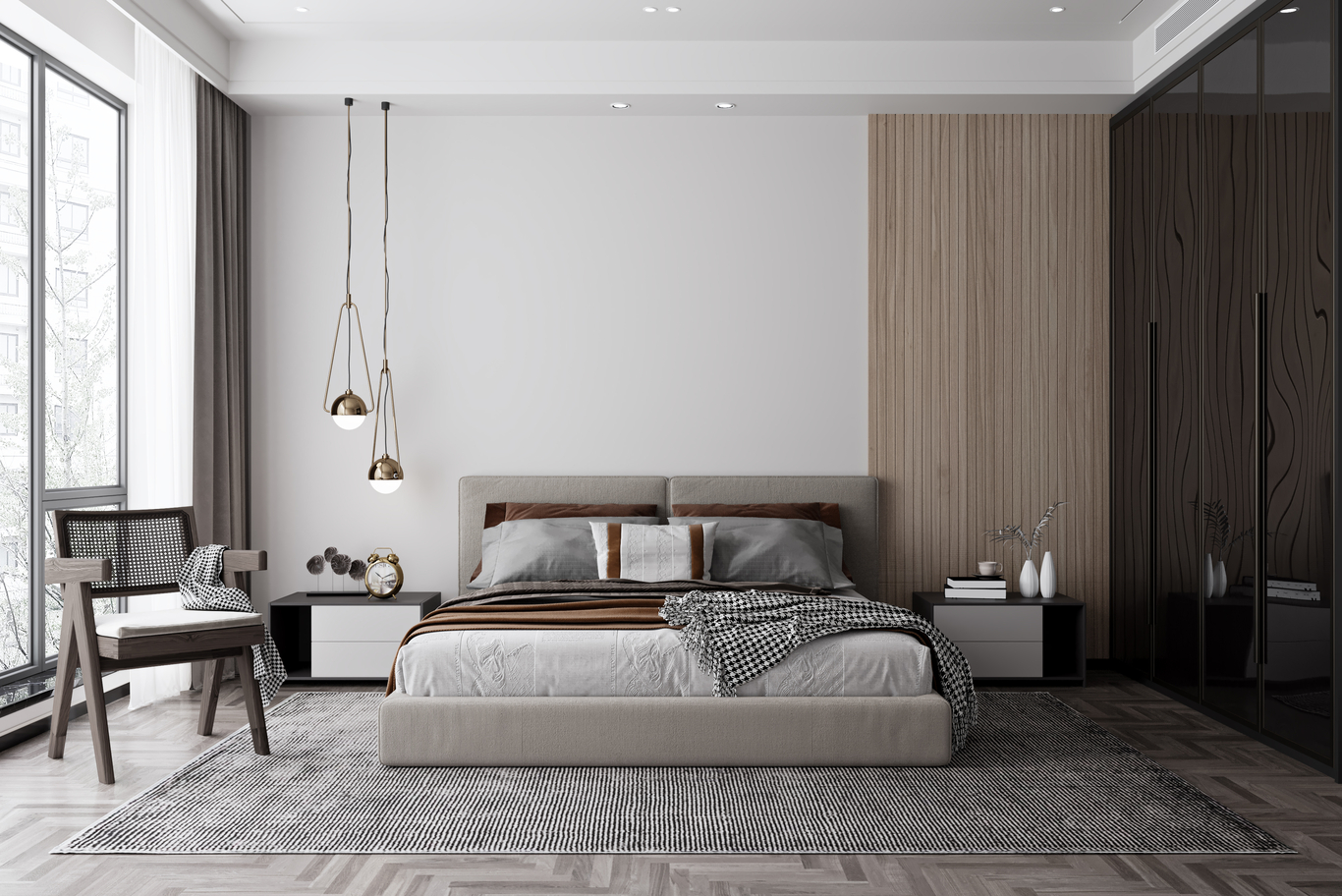
8. Bedding That Responds to Body Temperature
Natural Fiber Sheets
Cotton, bamboo, and eucalyptus blends adapt better to temperature changes than synthetic fabrics.
Breathable Quilts
Layering lightweight covers rather than one heavy duvet helps adjust warmth levels throughout the night.
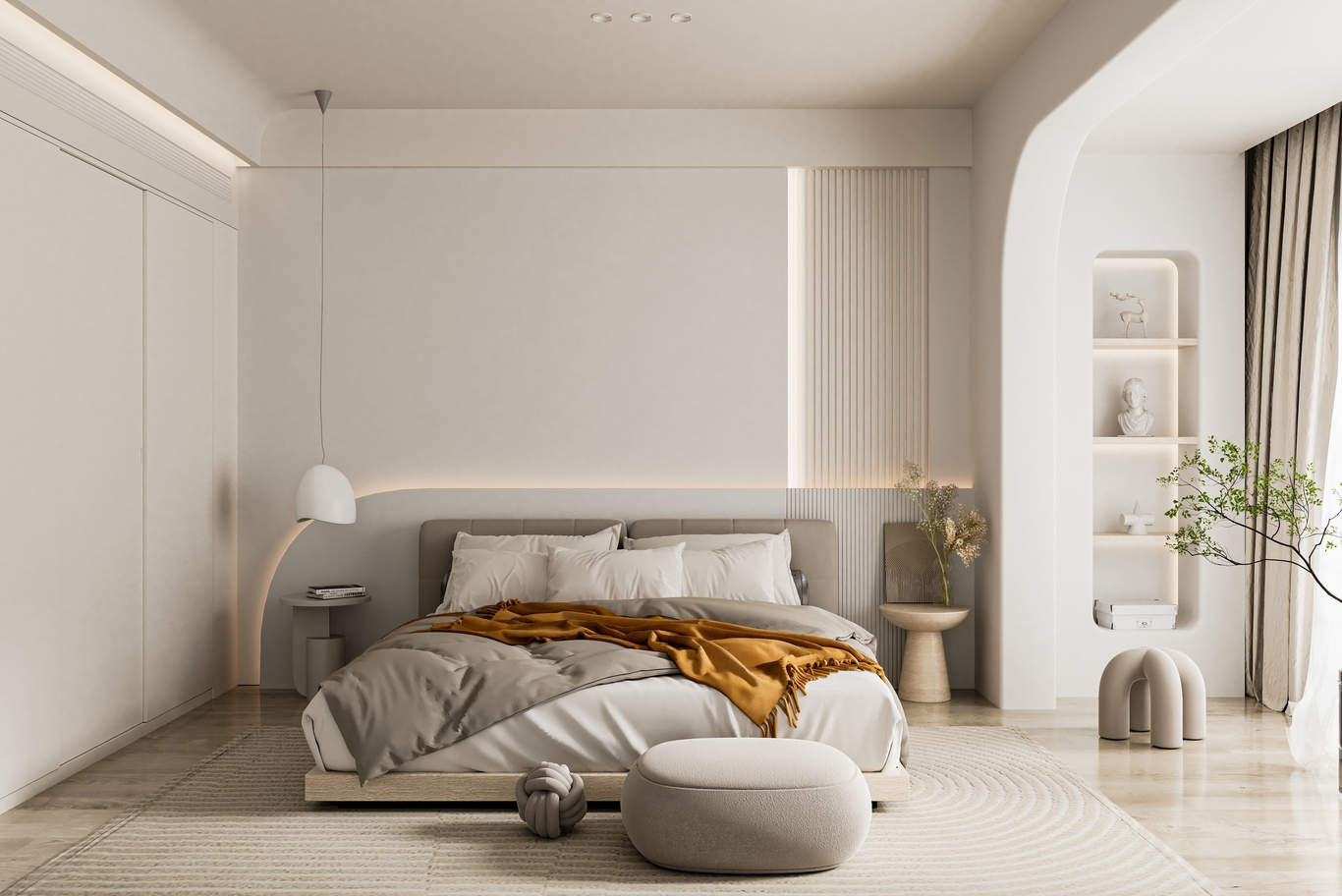
9. Bedroom Zones That Separate Sleep and Storage
Storage Dividers
Subtle room dividers between bed and wardrobe prevent subconscious associations with clutter or obligations.
Reading or Reflection Corners
Creating small side nooks for reading or journaling introduces quiet moments of pause without disrupting the sleep area.

Explore service options: Bedroom Design Services by Algedra
10. Scented Layers That Ease Sensory Load
Linen Sprays
Mild essential oil sprays like lavender or neroli can calm the nervous system when used sparingly on sheets or pillow covers.
Natural Diffusers
Using natural wood sticks in essential oil blends rather than plug-in devices avoids overstimulation.
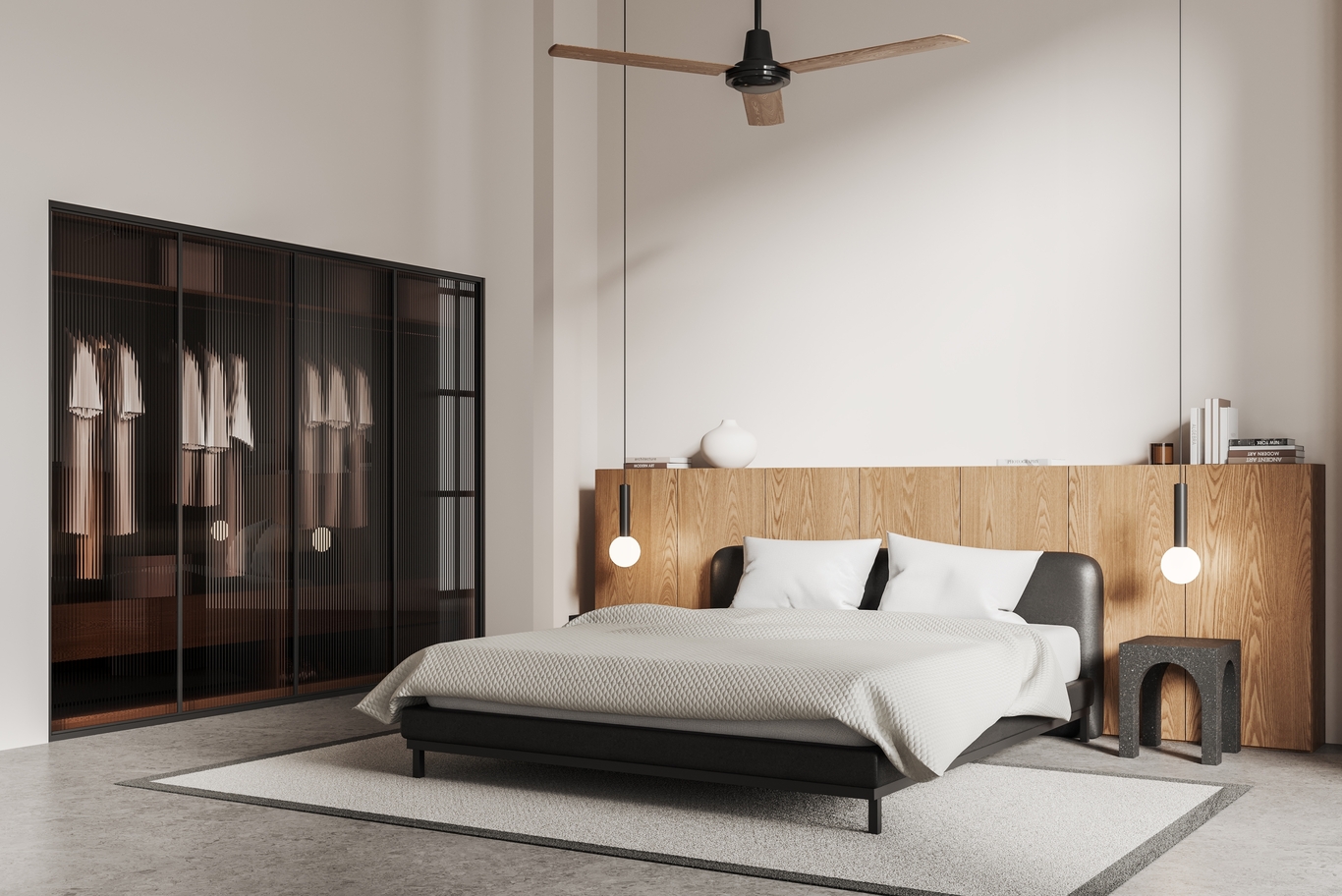
11. Visual Quietness Through Reduced Patterns
Monochrome Bedding
Subtle changes in tone rather than high contrast prints offer visual silence.
Art Curation
Minimal or soft-themed artworks that don’t carry emotional heaviness are more supportive of rest.

12. Bed Frames That Support Energy Flow
Slight Elevation
Low-profile frames with space underneath keep the room visually light and reduce trapped air circulation.
Rounded Edges
Frames without sharp corners decrease physical risk and make movement within the room feel more fluid.
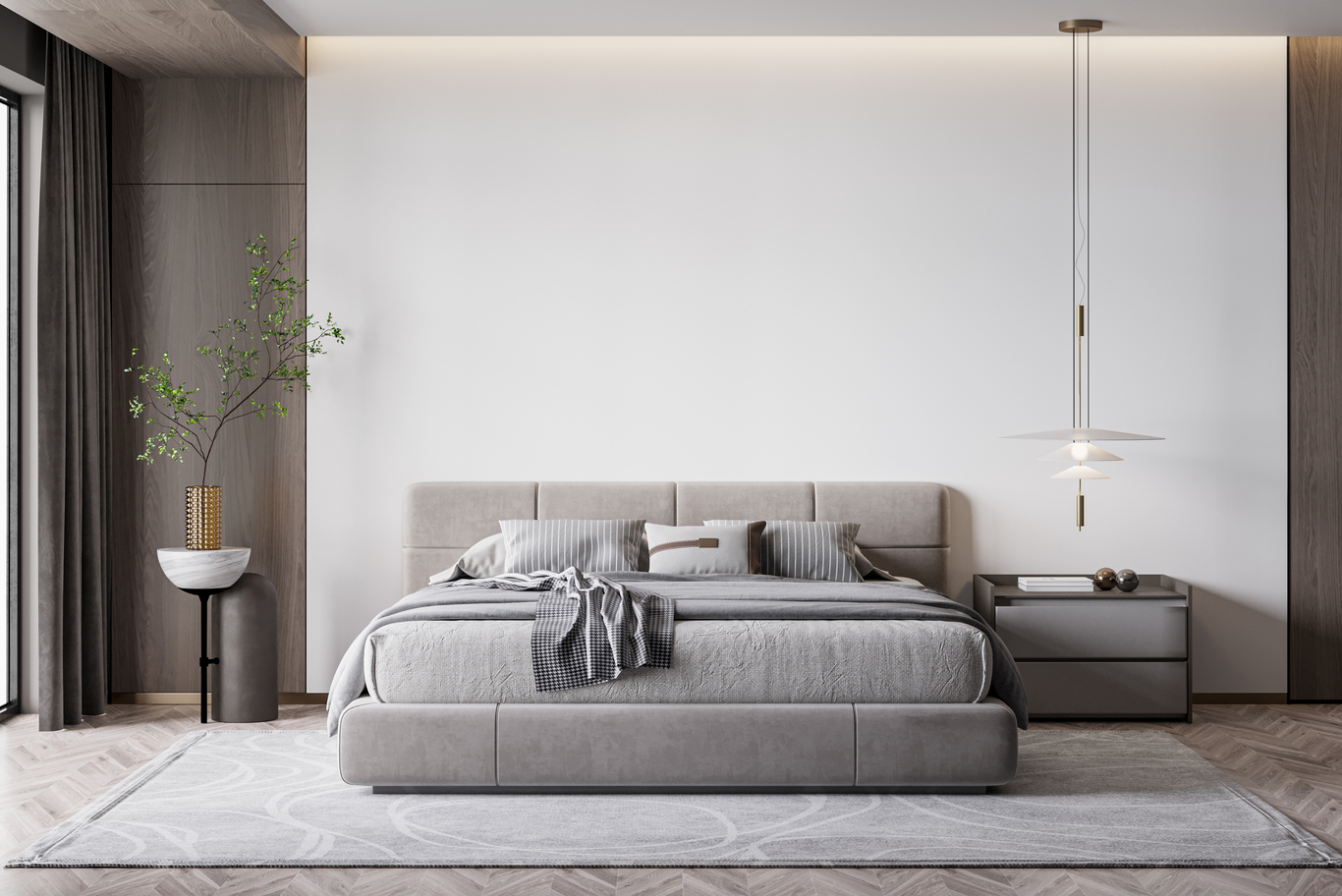
Conclusion
Designing a bedroom that supports comfort is not a singular decision. It’s a layered result of choices across material, layout, lighting, and sensory rhythm. Each of these twelve areas offers an entry point for improving the sleep space—not just visually, but psychologically and physically.
Comfort in the bedroom is not about excess—it is about understanding what creates stillness. When subtle upgrades replace visual noise and overlooked habits, a room begins to work in favor of your wellbeing.

Take the Next Step
Looking to adjust your bedroom layout or redesign your space? Let our interior team provide a personalized consultation to help you reimagine comfort through strategic design.